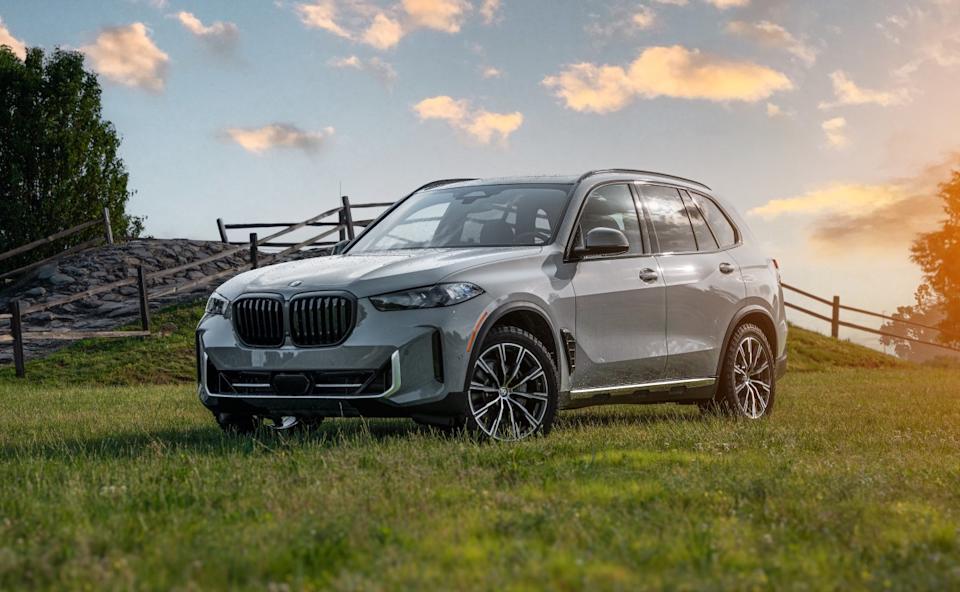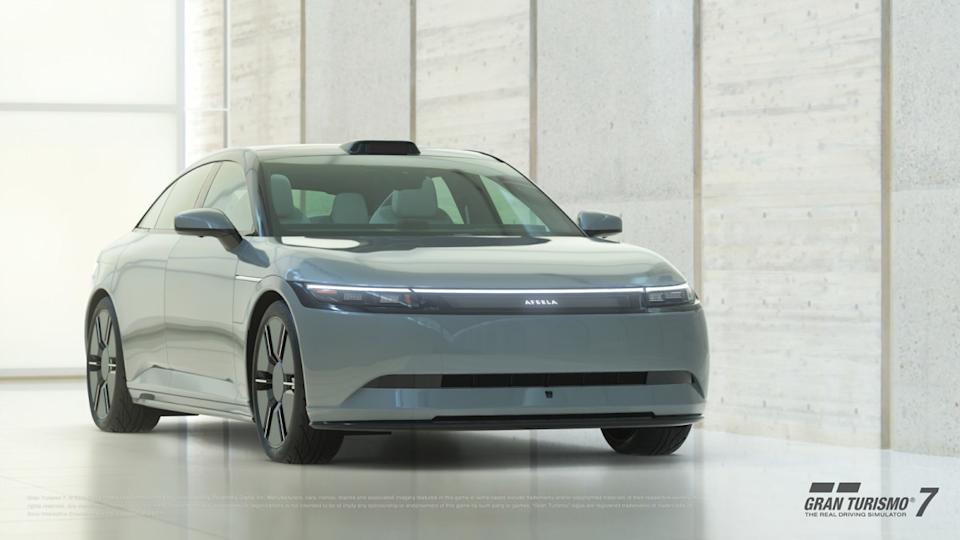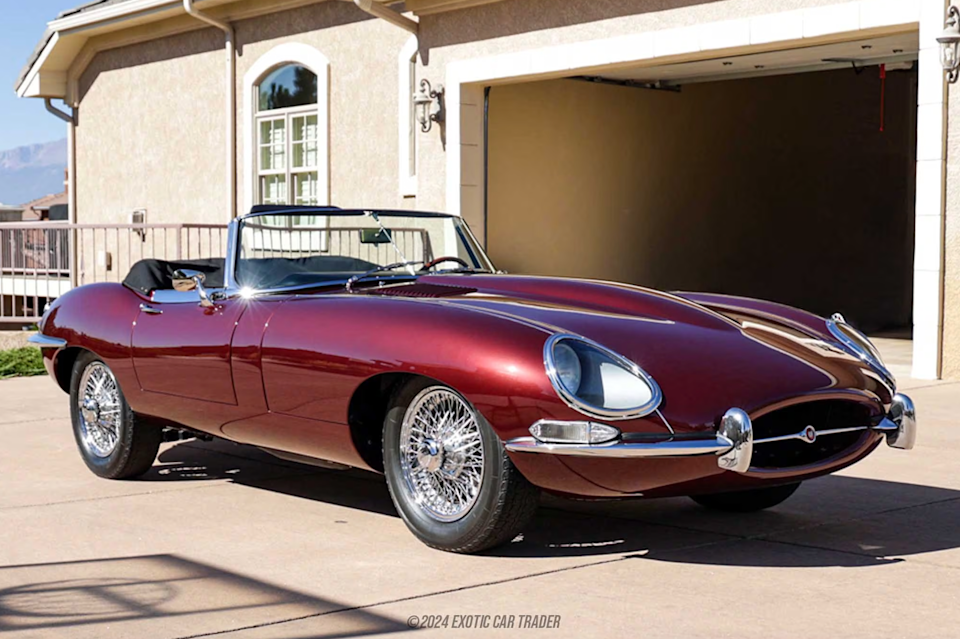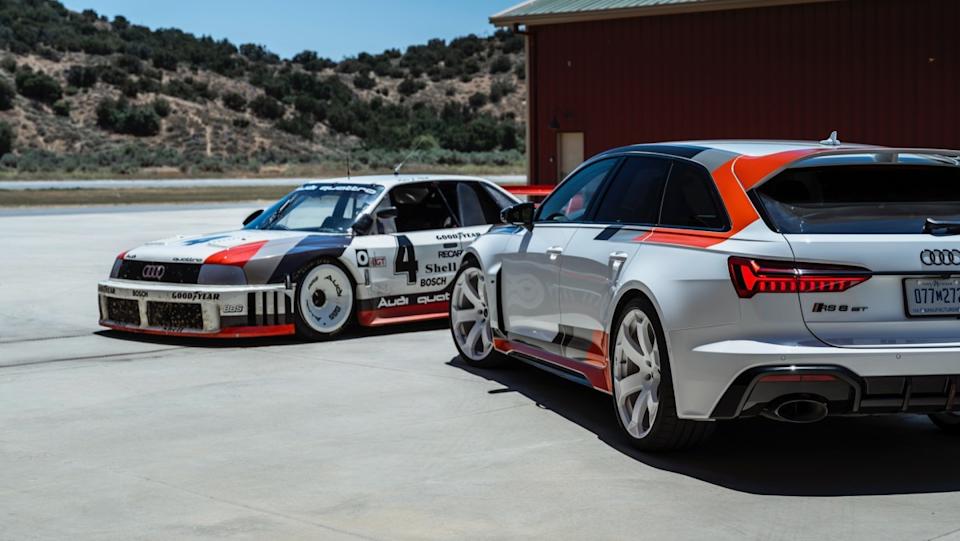2 Reasons Why Hybrids Present More Complicated Fire Risks originally appeared on Autoblog.
Hybrid fires: Risks beyond battery size
A transportation risk mitigation expert has explained in an interview with Autoblog why hybrids can present more complicated fire risks that people haven’t thought about. William S. Lerner, a consultant for lithium-ion battery and hydrogen technology safety in transportation, conceded that since hybrid batteries are smaller, they present a lower fire risk because the state of charge matters. Still, Lerner clarified a key difference between mild hybrids and their plug-in electric vehicle (PHEV) counterparts.
“Once you get into a plug-in hybrid, what you’re doing is you’re adding an electrical current from the charger to the vehicle. There’s roughly a 20-30% chance that something is going to happen when the vehicle is plugged in either on the charger or the vehicle end. When you start charging the vehicles, people don’t obey the charge to 80% rule, and the problem then becomes that the batteries are depreciating assets. Just like your mobile phone, it will last 600-2000 cycles, but after that, it starts degrading, and when it starts degrading, the average tendency is to top it off even more to keep it at 100%," Lerner said. In other words, PHEVs pose higher fire risks than mild hybrids since they’re regularly plugged in and charged, resulting in more electrical current flowing through the battery, leading to greater chances of charging faults. Additionally, drivers are frequently not charging to manufacturers’ recommendations of 80%, and aging batteries getting charged to 100% have a higher chance of experiencing thermal issues.

Lerner also explained possible dangers associated with mild hybrids, using BMW’s 2025 X5 as an example. The transportation safety expert noted that space constraints led to BMW putting the 2025 X5’s mild hybrid battery in parallel with the engine, and that the model also has a gas tank with HDPE plastic melting at 348 degrees Fahrenheit.
“What you’re dealing with in the [2025 BMW X5 mild hybrid] is a first responder going in and thinking ‘ok, this is a gasoline fire, and these are my tactics,’ but if this 48-volt battery catches fire, it can shoot its cells 65 feet and seven inches.” He added that if the battery catches fire, it’ll cause the gas tank to melt, and now you have a gasoline fire plus a battery fire. “By mixing the dual fuels, you’re doubling the problem.” Still, Lerner clarified that certain automakers, like Audi, have mild hybrid configurations that are less problematic, and the main point is that first responders need to know that when there’s a live lithium-ion battery present, they could be fighting multiple fire types.
First responders and dual fire scenarios
When asked how first responders can do differently to deal with hybrid fires, Lerner responded: “If it’s a hybrid, you have gasoline, and if the gasoline tank is involved, the tank can purge its entire contents. We also know that battery packs can shoot their cells, so the first responder has to be mindful of both episodes.” Lerner also emphasized that hybrid fires burn at 5,000 degrees Fahrenheit, which is significantly higher than standard gasoline fires that tend to burn at 1,200-1,500 degrees Fahrenheit.

Final thoughts
Lerner isn’t saying that mild hybrids, PHEVs, gasoline cars, or pure EVs are more dangerous. Instead, he’s illustrating that there’s a double chance for something to fail with a hybrid versus an internal combustion engine (ICE) model, and if one component fails, it affects the other. For example, a failing battery could affect the gas tank by burning it, and if the tank fails, its fire load can melt the outside casing of the battery and cause the battery to short out, resulting in two fires with different strategies for suppression.
“You can put out a gasoline fire, and that vehicle becomes inert. With a battery vehicle, mild hybrid, PHEV—those lithium-ion batteries are never put out. They’re only suppressed, and they can reignite for up to months," Lerner said.
2 Reasons Why Hybrids Present More Complicated Fire Risks first appeared on Autoblog on Aug 11, 2025
This story was originally reported by Autoblog on Aug 11, 2025, where it first appeared.







Comments